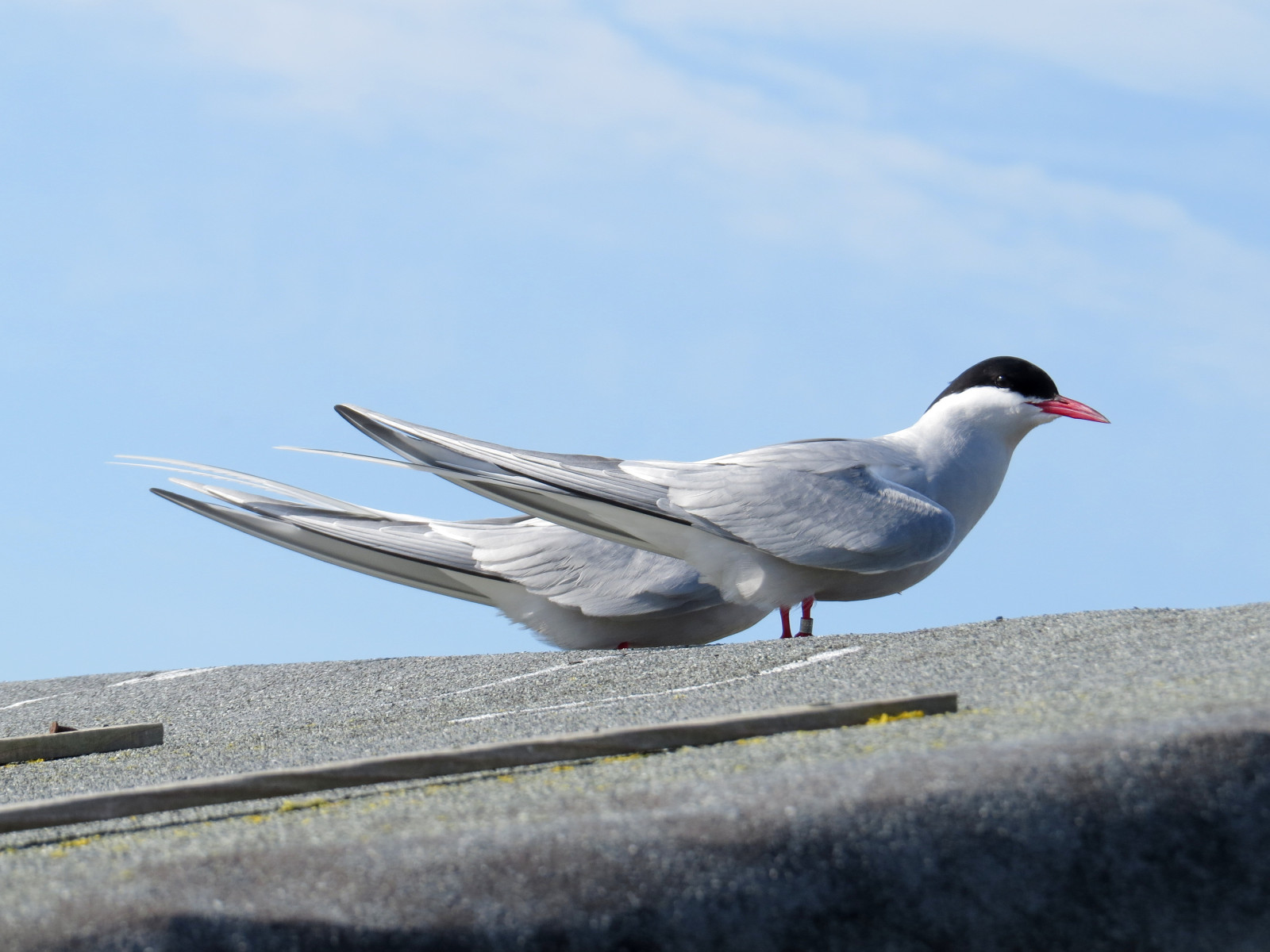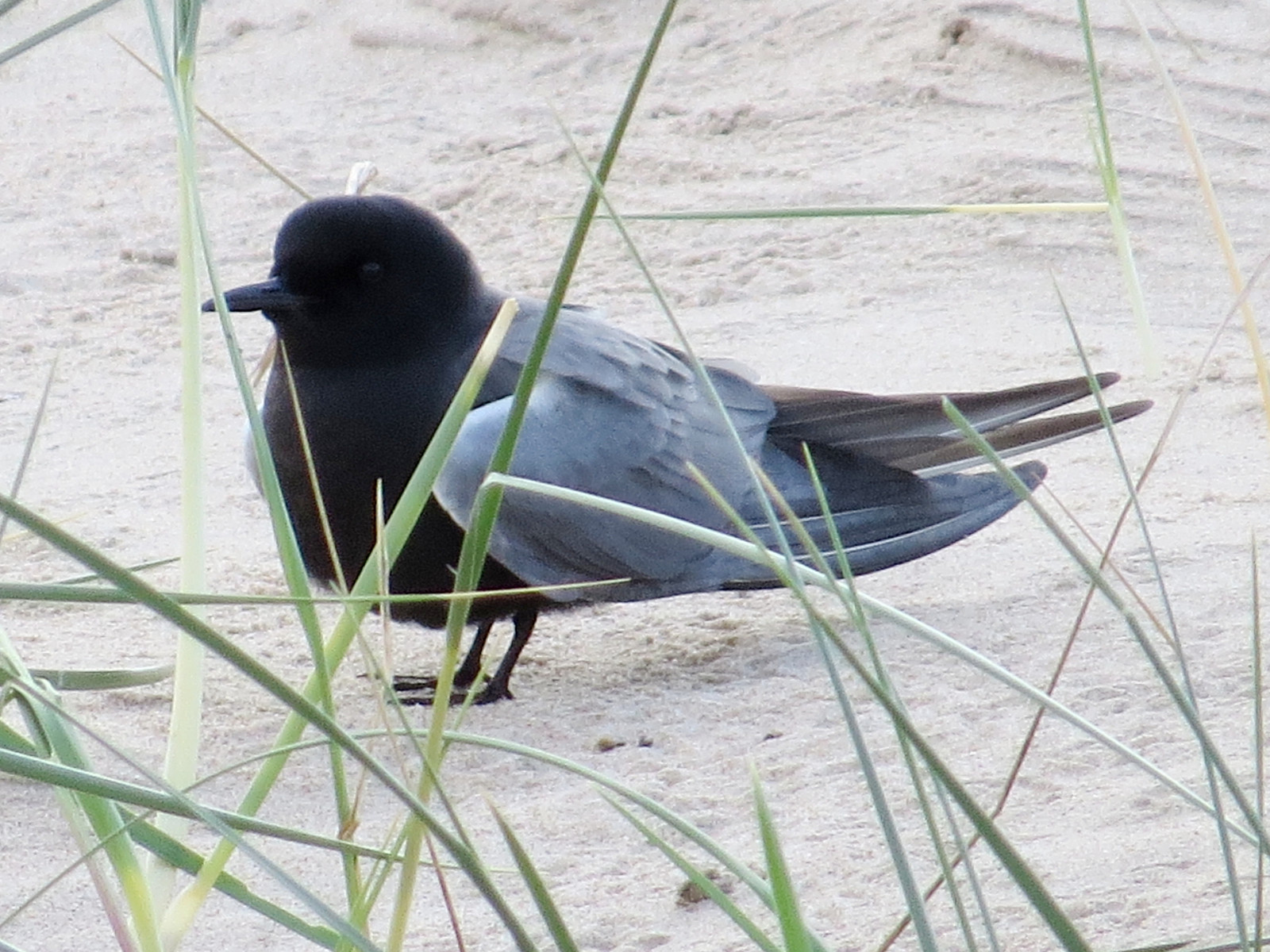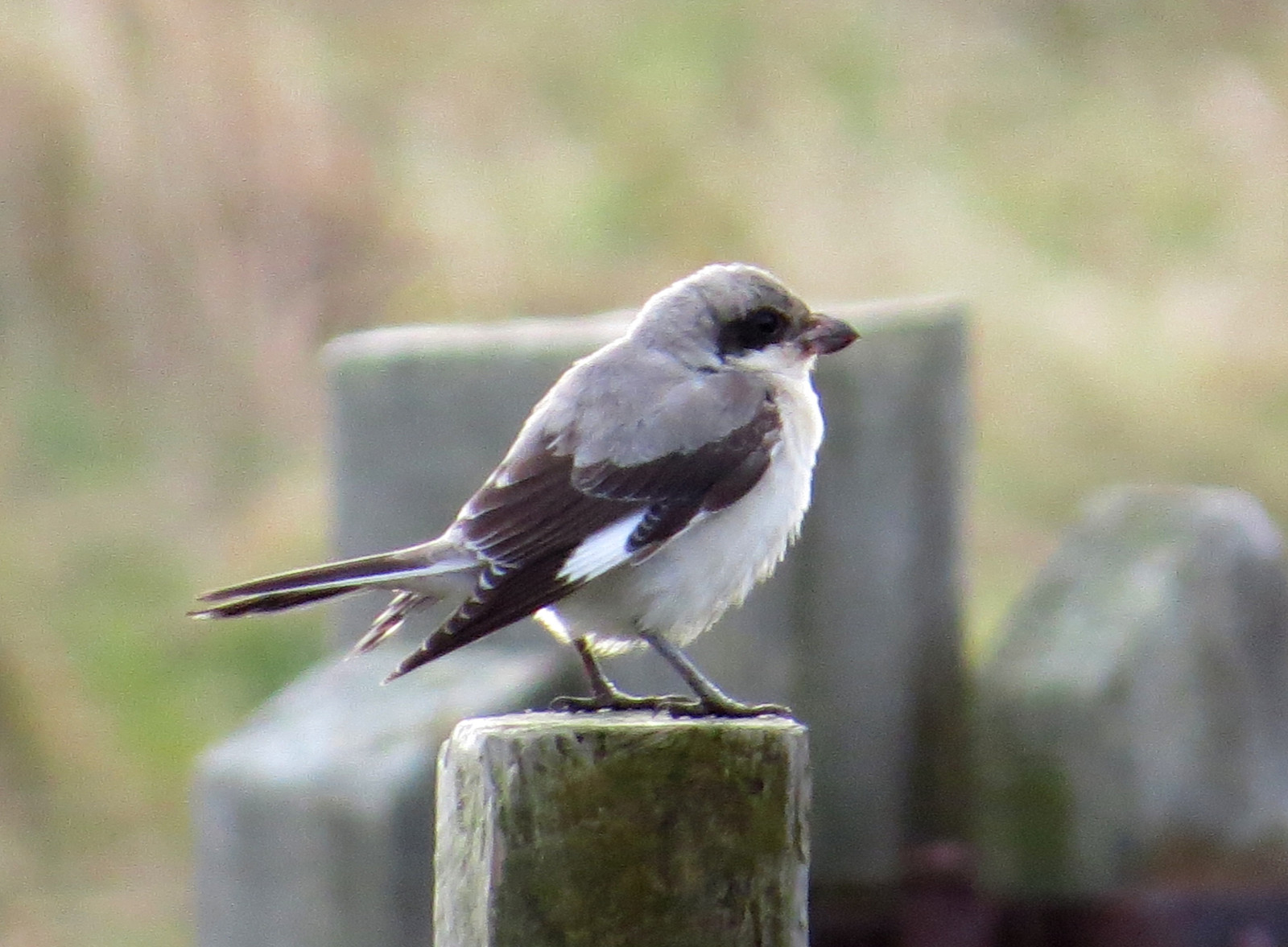Opis
The Long Nanny is notable for its important tern colony on the beach, and for waders using the estuary. In recent years, 1,000-2,000 pairs of rybitwa popielata and 30-40 pairs of rybitwa białoczelna have bred, and since 2020, a single rybitwa czarna of the American subspecies 'Chlidonias niger surinamensis' has spent its summers at the colony, attracting considerable interest; it has returned in 2025. rybitwa różowa and rybitwa czubata also visit the colony regularly, but do not breed.
The tern colony is wardened round the clock in summer. Birders are welcome to visit the wardens' hut, where the terns can be seen at close range. The dunes hold breeding kląskawka and świergotek łąkowy, and have good numbers of passage białorzytka and other migrants. In winter, the saltmarsh often holds a rzepołuch flock, which can also attract occasional górniczek and śnieguła. Brackish water channels in the saltmarsh attract breeding ohar and a good range of passage waders such as kulik wielki and kulik mniejszy. Many rarer species have been recorded, including terekia, brodziec żółtonogi, dzierzba czarnoczelna (2 records!), skowrończyk krótkopalcowy, and świergotek szponiasty.
Szczegóły
Dostęp
The site is a fairly long walk (about 2 km) from the nearest parking. There is no shelter, and no visitor facilities, so come prepared for both sunburn and bad weather! Most of the walk is easy, but some parts (particularly the final 300 m to the wardens' hut viewpoint) are narrow and loose sand. Parking is available at High Newton to the south (£), and Beadnell to the north (free up to 1 hour, then £). Click on a P in the map for directions. Bus X18 (Newcastle-Berwick) to Beadnell, about 2.5 km. The coastal path is open to cycles, but heavy going through loose sand in places; likewise, difficult for wheelchairs and all-terrain mobility scooters (and the path to the wardens' hut not accessible). It is important to stick to the paths; do not cross the ropes protecting the tern colony.
Teren i siedlisko
Tereny podmokłe , Równina , Plaża , Błota , Rolnictwo/uprawy , Rzadkie drzewa i krzewy , Łąka , Rzeka , Morze , WydmyWarunki
Płaski , Piaszczysty , Brak cienia , Pagórkowaty , Możliwy wysoki poziom wody , Otwarty krajobraz , SuchyTrasa dookoła
NieCzy luneta będzie przydatna ?
Może być przydatnaUdany sezon obserwacyjny
Wiosna , LatoNajlepszy czas na wizytę
Wiosenne migracje , Lato , JesieńTrasa
Szeroka ścieżka , Wąski szlakPoziom trudności szlaku pieszego
ForsownyDostępne
PieszoCzatownia/platforma obserwacyjna
TakDodatkowe informacje
If visiting during the breeding season, please share your sightings with the wardens! They will be happy to help you find other birds in return.



